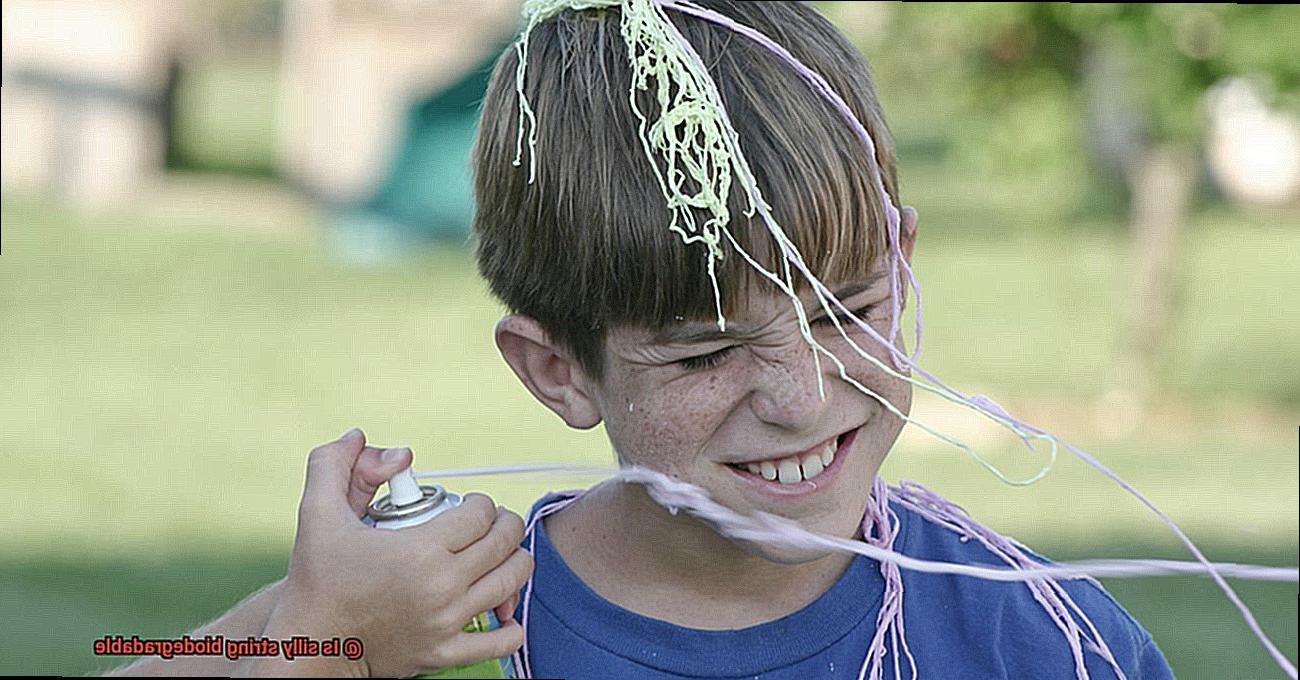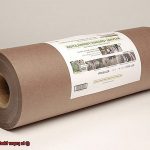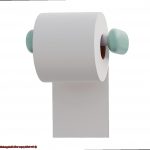Do you remember the thrill of spraying silly string at parties or pranks as a child? It’s undeniably a fun and exciting addition to any celebration. But with environmental concerns on the rise, it’s natural to question the ecological impact of this beloved party staple.
So, is silly string biodegradable? Well, it’s made up of plastics and solvents that give it its signature spray form. While it’s incredibly fun to use, these materials are not always environmentally friendly. In fact, the plastic components can take years to break down fully.
But don’t worry. There are some eco-friendly alternatives to traditional silly string available. For example, some companies produce biodegradable options that will decompose quicker than their traditional counterpart.
In this blog post, we’ll dive into the world of silly string and explore the different materials used, how they impact the environment, and the biodegradable options available. By the end of this read, you’ll have a good understanding of the overall impact of silly string on the environment and some eco-friendly alternatives to consider at your next celebration. So let’s get started.
What is Silly String?
Contents
Let’s talk about Silly String. If you’re not familiar with it, Silly String is a sprayable plastic string that comes in a can and is perfect for parties, celebrations, and pranks. It’s made up of propellant, resin, and pigments that give it its bright colors.
The inventor of Silly String is Leonard A. Fish, who worked as a chemist for Wham-O – the same company that brought us iconic toys such as the Frisbee and Hula Hoop. Fish stumbled upon the idea for Silly String while experimenting with a can of aerosol resin. He noticed that when the can was almost empty, a thin strand of resin shot out of the nozzle. This inspired him to create a string-like substance that could be sprayed out of a can, and thus Silly String was born in the mid-1970s.
Since then, Silly String has become a popular item at parties, parades, and other festive events. It’s commonly used to decorate spaces or to add an extra element of fun to celebrations. But have you ever wondered about the environmental impact of using Silly String?
The answer is not straightforward. While some types of Silly String do contain biodegradable materials, others do not.
The exact composition of Silly String varies depending on the manufacturer and the specific product being used.
In general, most types of Silly String are not biodegradable, which means that if you use it outside or in any other area where it could come into contact with the environment, it may not break down naturally over time.
Some manufacturers have started to produce more eco-friendly versions of Silly String that are biodegradable. These products are typically made with natural materials such as cornstarch and are designed to break down more quickly than traditional Silly String.
So if you’re concerned about the environmental impact of using Silly String, it’s essential to look for products that are specifically marketed as being biodegradable or eco-friendly. By doing so, you can reduce your impact on the environment while still enjoying the fun and entertainment that Silly String can provide.
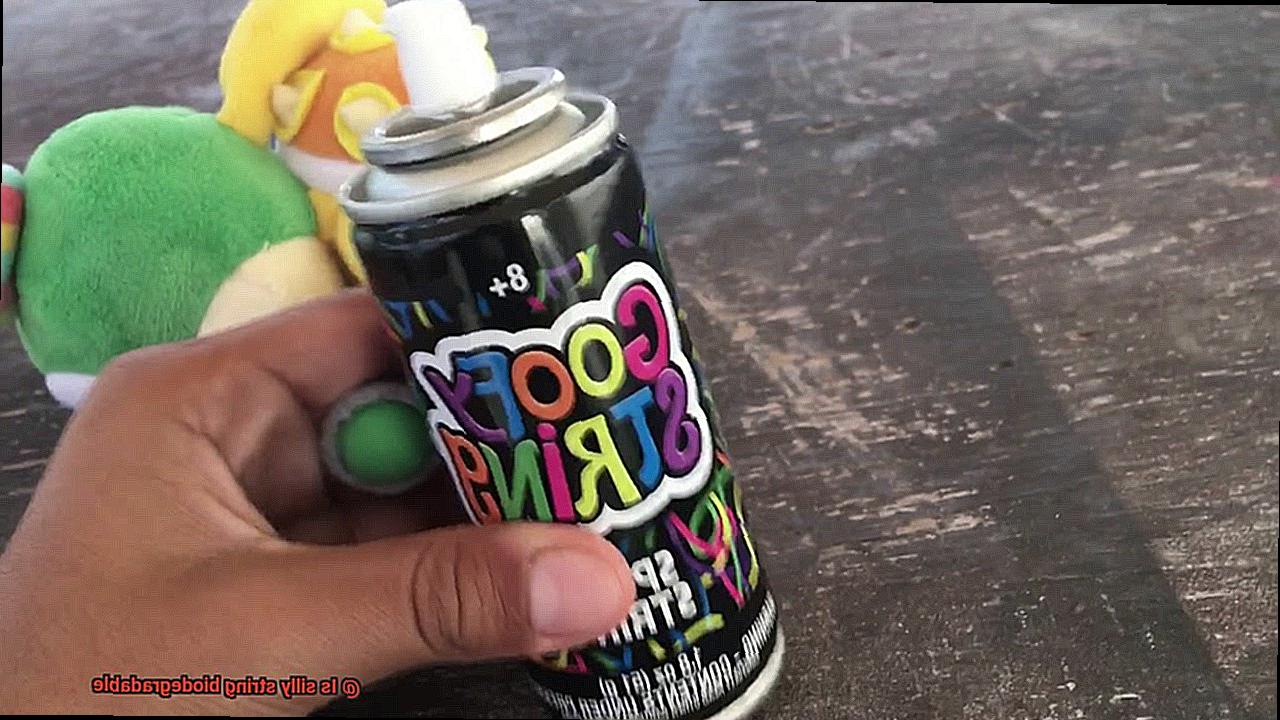
Composition of Silly String
Firstly, let’s talk about the propellant that makes Silly String work. It’s like the engine behind this party staple. Typically, hydrocarbon gases like propane or butane are used. These gases are compressed inside the can, creating pressure that forces the Silly String out when the valve is opened. It’s like a mini explosion of fun.
Next up, we have the solvent, which plays a crucial role in making Silly String sprayable. It’s like the glue that holds everything together. Low molecular weight alcohols like ethanol or isopropanol are typically used. Without solvent, Silly String would just be a solid lump that you couldn’t spray out of a can.
Finally, we have the star of the show – the polymer. This is what gives Silly String its unique characteristics. Polydimethylsiloxane, a type of silicone polymer, is commonly used. This polymer has stretchy and clingy properties that make it perfect for creating string-like substances that stick to surfaces. It’s like magic in a can.
Now, let’s address an important question – is Silly String eco-friendly? The answer depends on the properties of its ingredients and how they interact with the environment. Some Silly Strings may contain biodegradable materials like cornstarch, while others may not. As responsible party-goers, we should choose eco-friendly options to reduce our impact on the environment.
Is Silly String Biodegradable?
Step right up and enter the world of Silly String, where colorful strings of fun spray from an aerosol can and bring joy to many. But as we bask in its glory, let’s not forget the impact this party staple has on our environment.
One of the top questions people ask about Silly String is whether it’s biodegradable. Unfortunately, the answer is a resounding no. Silly String is made of a substance that doesn’t break down naturally over time, which can cause severe damage to wildlife and our ecosystem.
The aftermath of a Silly String party can be catastrophic as it often ends up on the ground or other surfaces and stays there for a long time. Since it does not break down easily, animals may mistake it for food, leading to choking or other health problems. Even worse, the chemicals in Silly String can seep into the soil and water, leading to pollution and more damage to the environment.
But don’t despair. There are eco-friendly alternatives to Silly String that are biodegradable and made from natural materials like starch. These alternatives break down over time without harming the environment or wildlife.
So, when planning your next party or event, consider using one of these biodegradable options instead of traditional Silly String. By choosing environmentally friendly products, we can help protect our planet and preserve it for future generations.
Impact of Non-Biodegradable Silly String on the Environment
While it may seem harmless and fun, the impact of non-biodegradable silly string on the environment is no laughing matter.
When used outdoors, silly string can get tangled in trees, bushes, or other vegetation, hindering their growth and causing harm to the plants. The worst part? Since it’s not biodegradable, this synthetic string can stay there for years, wreaking havoc on the surrounding ecosystem.
But that’s not all. Silly string can also end up in bodies of water, like rivers, lakes, and oceans. This can be disastrous for aquatic life when they accidentally ingest or get tangled in it. And as if that wasn’t enough, silly string can contribute to pollution and negatively impact the overall health of the ecosystem.
And the environmental harm doesn’t stop there. Non-biodegradable silly string also contributes to litter buildup in public spaces. At events or parties, leftover silly string can end up on the ground and become a chore for cities and municipalities to clean up. Besides, if local wildlife ingests it, it can cause harmful effects on their health.
While some types of silly string claim to be biodegradable, it’s essential to do your research before purchasing. These claims must meet specific standards set by regulatory agencies to ensure that they are truly biodegradable and won’t harm the environment.
Eco-Friendly Versions of Silly String
As our world becomes more environmentally conscious, companies have started to create eco-friendly alternatives to traditional silly string. These options are designed to break down naturally and not harm the planet. They’re made from biodegradable materials like plant-based fibers, natural dyes, and non-toxic ingredients.
One popular eco-friendly version of silly string is called “Ecostring.” This product is made from a combination of plant-based fibers, natural dyes, and water. Not only is it completely biodegradable, but it can also be safely disposed of in the trash or even composted. And trust us – it’s just as fun to use as traditional silly string.
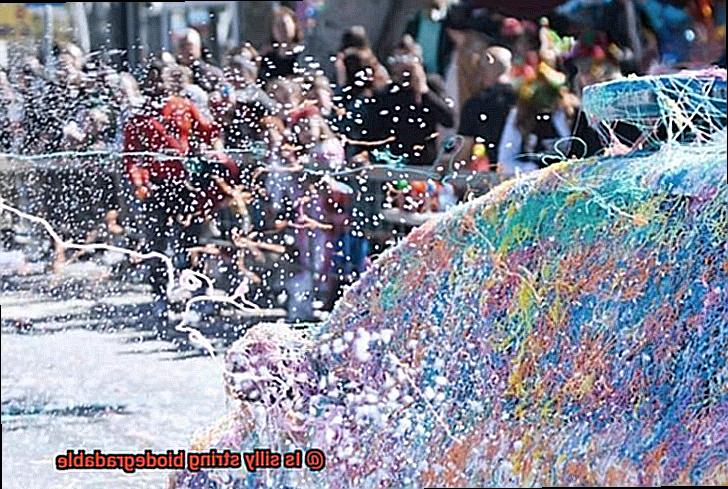
But wait, there’s more. Another eco-friendly option is called “GooBIO.” This product is also made from natural, biodegradable materials and is designed to break down quickly after use. GooBIO comes in a variety of colors and can be used for parties, events, or just for fun.
It’s inspiring to see companies creating eco-friendly versions of products like silly string. By choosing options like Ecostring or GooBIO, we can enjoy all the colorful fun while making a positive impact on our planet.
How to Find Eco-Friendly Versions of Silly String
When it comes to finding eco-friendly versions of silly string, there are a few options available in the market. In this blog post, we will explore five different ways to find eco-friendly versions of silly string and how you can do your part in reducing your impact on the environment.
Look for Certified Eco-Friendly Silly String
The first way to ensure that you are using an eco-friendly version of silly string is to look for certifications such as Forest Stewardship Council (FSC) or Rainforest Alliance. These certifications indicate that the company has sourced their materials sustainably and meets specific environmental standards. By choosing certified products, you can be sure that you are using a product that has been produced in an environmentally responsible way.
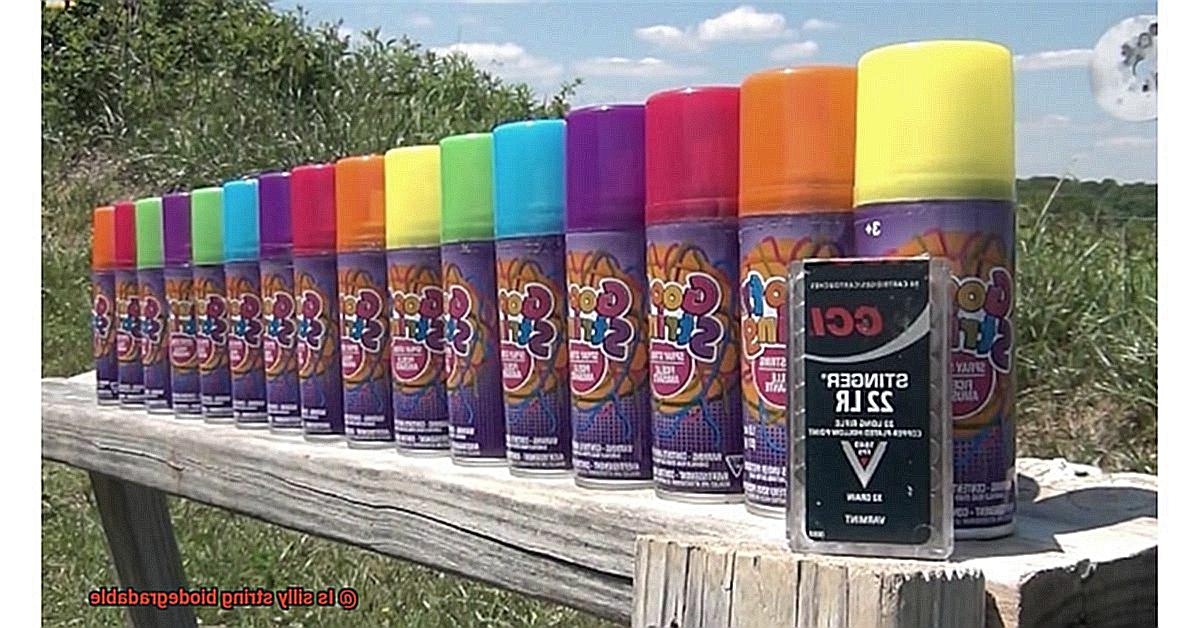
Natural Ingredients
Another option for finding eco-friendly silly string is to look for products made from natural ingredients. Some companies now produce silly string made from biodegradable plastics or plant-based materials like cornstarch. These materials break down naturally over time, reducing their impact on the environment. By choosing natural ingredients, you are helping to reduce plastic waste and pollution.
Packaging Matters
When searching for eco-friendly silly string, it’s essential to consider the packaging of the product. Look for options that come in recyclable or compostable packaging to reduce waste and environmental impact. By choosing products with sustainable packaging, you can feel good about your purchase knowing that it won’t end up in a landfill.
Research the Company’s Environmental Practices
Before purchasing eco-friendly silly string, it’s crucial to do some research on the company’s environmental practices. Look for companies that prioritize sustainability and have transparent information available on their production processes. Companies that use renewable energy sources and minimize their water usage are great options for environmentally conscious consumers.
DIY Eco-Friendly Silly String
If you want to take eco-friendliness to the next level, consider making your own silly string at home using natural ingredients like cornstarch, food coloring, and water. This DIY version of silly string is biodegradable and can be easily composted once used. Plus, it’s a fun project to do with kids, and you can customize the colors to your liking.
-Gncv393e2o” >
Conclusion
To sum up, Silly String may seem like a harmless party accessory, but it can pose a significant threat to our environment if not disposed of correctly. Luckily, there are eco-friendly options available that are made from natural materials like cornstarch and plant-based fibers. These biodegradable alternatives offer the same level of excitement and color as traditional Silly String without harming the planet.
When searching for eco-friendly Silly String, be sure to look for certifications such as FSC or Rainforest Alliance, sustainable packaging, and natural ingredients. You can even create your own eco-friendly version at home using cornstarch, food coloring, and water.
As responsible consumers, we must consider the impact of our choices on the environment.
